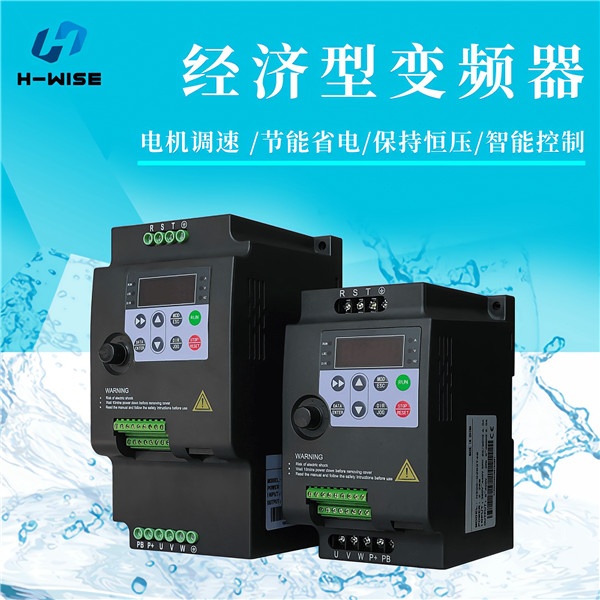News
More timely and comprehensive understanding of our latest developments
Frequency converter can be seen everywhere in our life. It plays an important role in electric power, textile and chemical fiber, building materials, petroleum, chemical industry, metallurgy, municipal administration, paper making, food and beverage, tobacco and other industries as well as public works (central air conditioning, water supply, water treatment, elevator, etc.).

Slowing Down
After receiving the stop command, the frequency converter will gradually reduce the output frequency according to the deceleration time, and stop when the frequency drops to zero. This mode is used for stopping most loads.
Free Parking
After receiving the stop command, the inverter immediately stops output, and the load stops freely according to the mechanical inertia. The inverter stops by stopping the output. At this time, the power supply of the motor is cut off, and the drag system is in the state of free braking. Because the length of downtime is determined by the inertia of the drag system, it is also called inertia downtime.
Free parking with time limit
After the inverter receives the stop command, the output of the inverter is cut off, and the load is free to slide to stop. At this time, during the standby time, the operation instruction can be ignored. The standby time is determined by the output frequency and deceleration time when the stop instruction is input.
Decelerated shutdown plus DC braking
After receiving the stop command, the frequency converter will gradually reduce the output frequency according to the deceleration time. When the frequency drops to the start frequency of stop braking, the dc braking will start to complete stop.